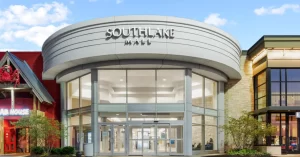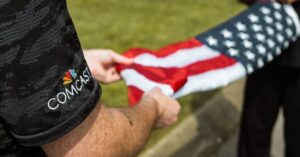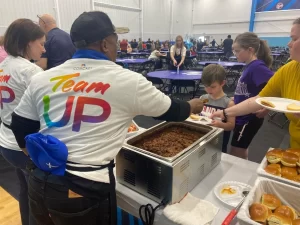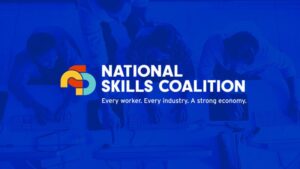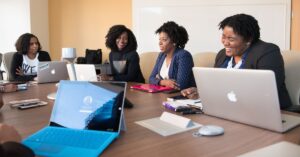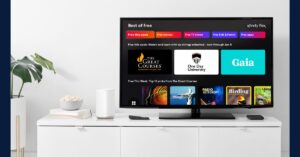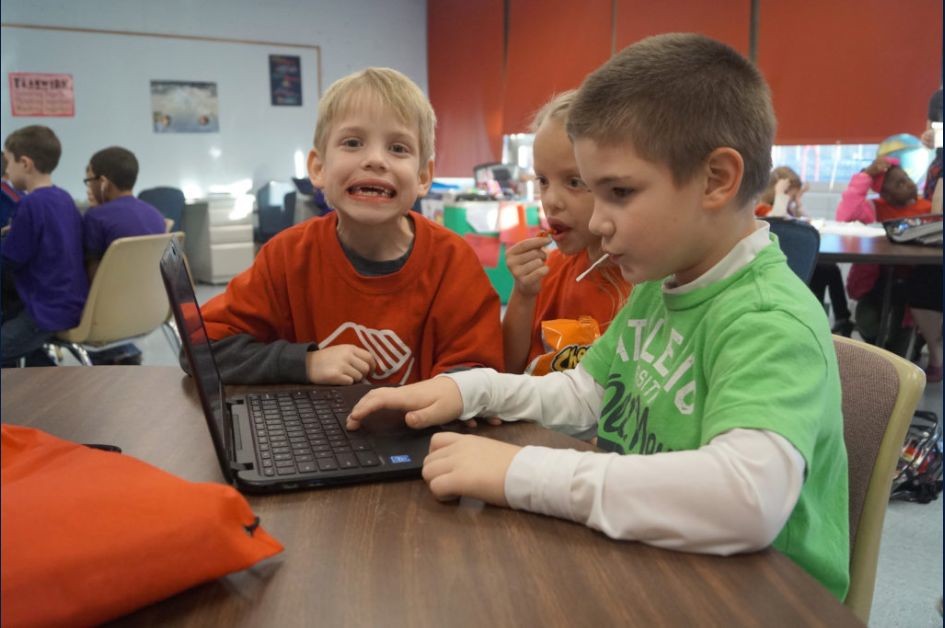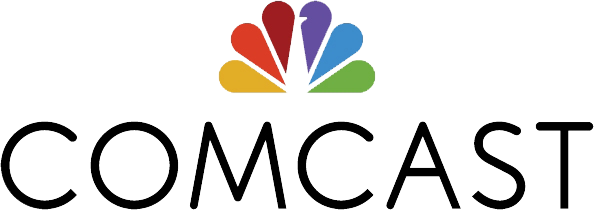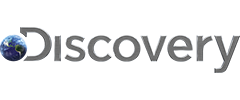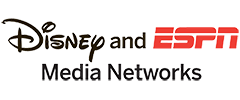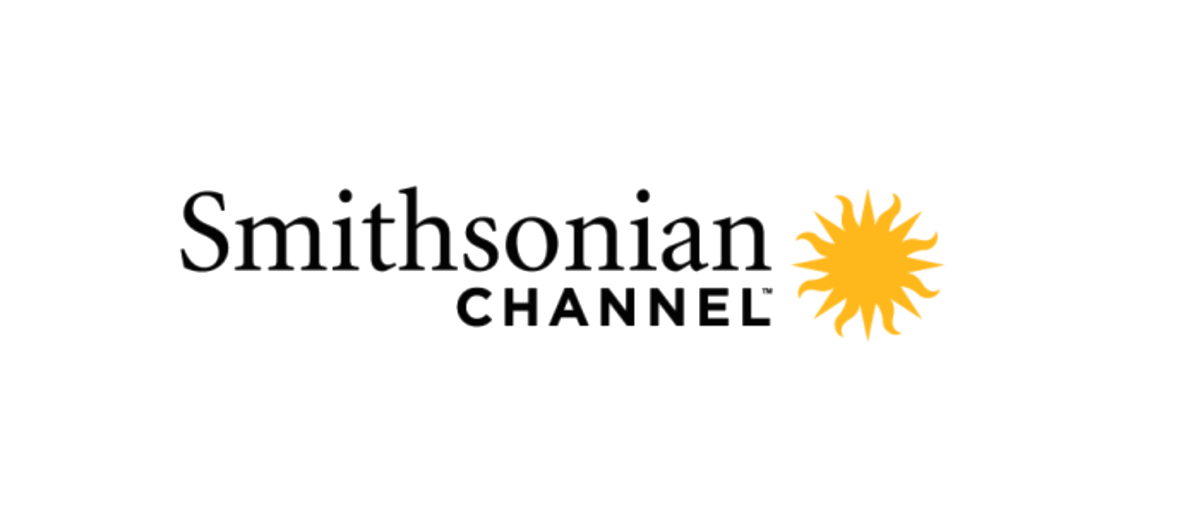
The University of Notre Dame and NBC Sports have agreed on a multi-year extension of their historic football partnership, through the 2029 season. The agreement extends the landmark partnership – the longest college media relationship dating to 1991 – to nearly four decades (39 seasons).
“We are thrilled to continue our historic collaboration with our partners at NBC Sports,” said University of Notre Dame Vice President and James E. Rohr Director of Athletics Jack Swarbrick. “In the next generation of this partnership, we will collaborate to provide our fans even more Notre Dame content through a variety of NBCUniversal’s distribution channels while continuing to put our student-athletes and their stories at the heart of our messaging.”
“There is no better tradition than Notre Dame Football in South Bend, and we are thrilled to keep that tradition within the NBC Sports family as we extend our relationship as the exclusive home of Fighting Irish home games through the end of the decade,” said Rick Cordella, President, NBC Sports.
“With enhanced rights that allow us to present Notre Dame Football on NBC as well as across Peacock and additional platforms, we look forward to bringing the Fighting Irish to fans in more ways than ever before.” -Rick Cordella, President, NBC Sports
NBC Sports retains global media rights on all platforms to all Notre Dame home football games. It also allows for select games to stream exclusively on Peacock, which has been the exclusive home of one Notre Dame Football game each season since 2021. Peacock will also be the exclusive home of a new, annual documentary series on Notre Dame Football, debuting in 2024.
NBC Sports’ Notre Dame Football games are averaging 5.1 million viewers this season – the largest audience through five game broadcasts since 2005 and up 86% from last year at this point. The Fighting Irish’s Sept. 23 primetime thriller against Ohio State averaged 10.6 million viewers across NBC, Peacock and NBC Sports Digital, ranking as NBC Sports’ second-most watched regular season college football game of all-time, behind only then-No. 2 Notre Dame’s “Game of the Century” 31-24 defeat of No. 1 Florida State on Nov. 13, 1993 (22 million viewers).
The new agreement also extends to other events on the Notre Dame Football calendar, including the annual Blue-Gold Game and Notre Dame’s Pro Day.
In 2023-24, NBC Sports also marks its 11th season presenting Notre Dame hockey coverage, as Peacock is exclusively live streaming the entire hockey 21-game home schedule.
Last November, NBC and Peacock presented the Notre Dame Fighting Irish women’s college basketball team against Cal — marking the first-ever live presentation of a women’s college basketball game on NBC and Peacock. The series continued earlier today with the Notre Dame-Illinois women’s basketball game presented live on NBC and Peacock from Washington, D.C.
Revenues from the NBC partnership have played a key role in Notre Dame’s financial aid endowment since the start of the relationship in 1991 when University officers allocated a portion of the football television contract revenue for undergraduate scholarship endowment (not athletic scholarships). To date, Notre Dame undergraduate students have received over $100 million in aid from revenue generated through the NBC contract.
Source: Comcast
